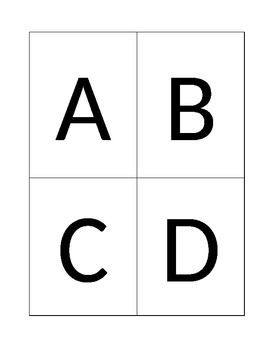

If there is asymmetry in both axes, then the asymmetry score is 2. If there is asymmetry in only one axis then the asymmetry score is 1. If asymmetry is absent with respect to both axes within the lesion then the asymmetry score is 0. In other words, asymmetry has to be evaluated by taking into account the distribution of colors and structures on either side of each axis, as well as the contour of the lesion. It is important to acknowledge that the asymmetry criterion in the ABCD rule incorporates both contour asymmetry and the asymmetry in the distribution of dermoscopic colors and structures.

In judging asymmetry, the lesions should be bisected by two 90degree axes that are positioned in such a manner as to bisect the lesion in its most symmetric plane, thereby yielding the lowest possible asymmetry score. With this TDS, a grading of lesions is possible with respect to the probability that the lesions under investigation are malignant. To utilize these criteria, a scoring system was developed to calculate the total dermoscopy score (TDS) using a linear equation. The criteria that combine to create the ABCD rule of dermoscopy are asymmetry, border, color, and differential structures. It is the opinion of some that this method may be particularly well suited for clinicians with limited dermoscopy experience.

#A b c d abcd skin
The ABCD dermoscopy method has been extensively studied and it has been shown that it improves the diagnostic performance of clinicians evaluating pigmented skin lesions. Based only on four dermatoscopic criteria this method is relatively easy to learn and apply. This algorithm, which was described by Stolz, was developed to quantitatively address the crucial question in dermoscopy of whether a melanocytic skin lesion under investigation is benign, suspicious (borderline), or malignant. The ABCD rule of dermoscopy was the first dermoscopy algorithm created to help differentiate benign from malignant melanocytic tumors.


 0 kommentar(er)
0 kommentar(er)
